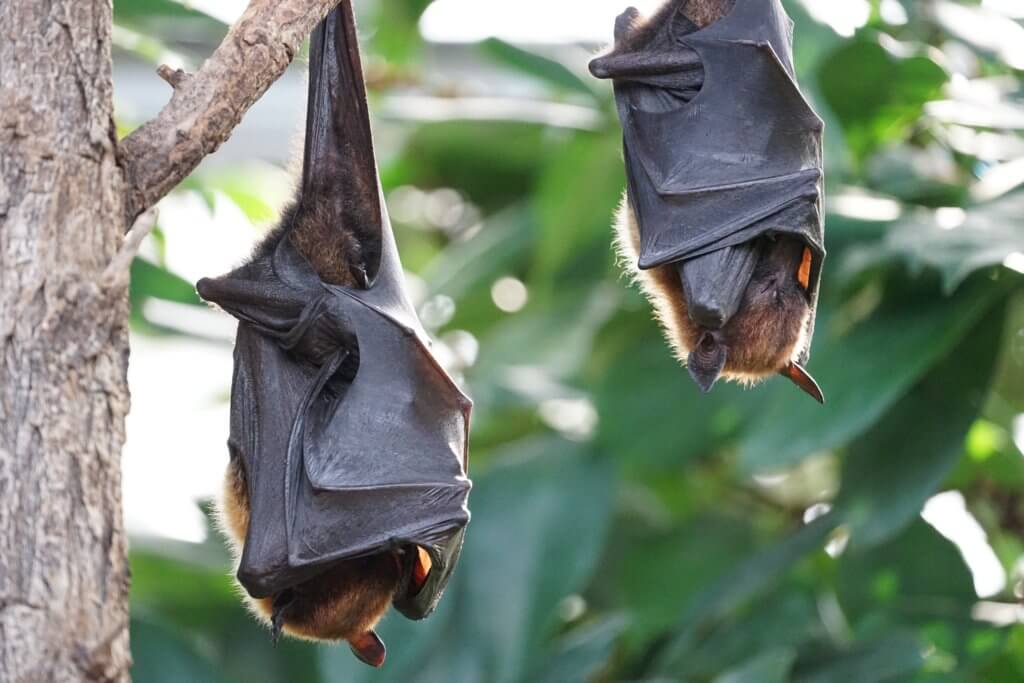
CSHL postdoc Armin Scheben, with help from McCombie lab members Sara Goodwin and Melissa Kramer, created the first complete genome sequences of Artibeus jamaicensis, the Jamaican fruit bat (seen here), and Pteronotus mesoamericanus, the Mesoamerican mustached bat. (credit: Cold Spring Harbor Laboratory)
COLD SPRING HARBOR, N.Y. — Holy immunity, Batman! Researchers from Cold Spring Harbor Laboratory have made a fascinating discovery about bats' genes protecting them from both COVID-19 and cancer — and they hope that can lead to future treatments for people.
In the promising study, scientists sequenced the genomes of two bat species, the Jamaican fruit bat and the Mesoamerican mustached bat, using samples collected in Belize in collaboration with Nancy Simmons from the American Museum of Natural History.
When they compared the bat genomes with those of other mammals, including humans, the team discovered that bats have evolved unique genetic adaptations that streamline their immune systems to defend against infections and cancer.
“We didn’t know immune system genes were so positively selected in bat genomes,” says W. Richard McCombie, professor at CSHL, in a media release. “Bats have a number of very unusual things about them. They don’t respond to infections the way we do. In retrospect, it’s not surprising this difference in the immune system may be involved in both the aging and cancer response.”
Bats, belonging to one of the world's most ecologically diverse superfamily of mammals, exhibit a distinctive immune response. Researchers utilized new Oxford Nanopore sequencing technology to create complete genomes for both bat species and compared them to 15 other bat and mammal genomes.
One significant discovery was that bat genomes experienced a shift in levels of two inflammatory protein-coding genes called interferon-alpha and -omega compared to other mammals.
“Bats have dialed down the immune system’s alarm by shedding genes that produce interferon-alpha,” notes Armin Scheben, postdoc at CSHL. “This may be responsible for their high viral tolerance. It prevents overactive immune responses that harm healthy tissue—one of the reasons infections are so damaging to humans.”

The study also found that bat genomes featured more alterations in cancer-related genes compared to other mammals. These changes included six genes involved in DNA repair and 46 genes that suppress tumors.
“Our work highlights how immunity and cancer response are deeply interconnected,” says Scheben. “The same immune genes and proteins play important roles in cancer resistance.”
Researchers are now investigating how bats' immune genes are regulated and expressed in different parts of their bodies. They hope that their work will offer fresh insights into the connections between immunity, aging, and cancer and potentially lead to the development of improved treatments.
“There’s still a lot of unknowns,” concludes Adam Siepel, professor at CSHL. “Ultimately, we’ll take the work as far as we can and hand off the baton to experts in disease to work toward developing drugs or other therapeutics.”
The study is published in the journal Genome Biology and Evolution.










